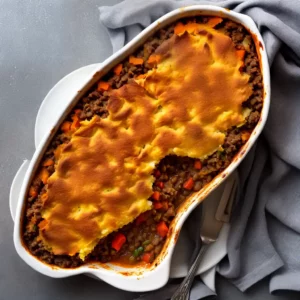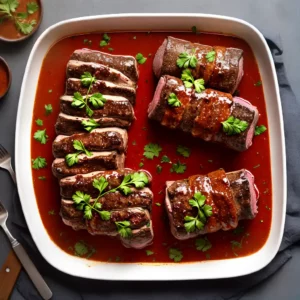How Many Cups in a Pound?
Are you unsure about how many cups are in a pound? Don’t worry, I’m here to guide you through the process and make measurement conversions a breeze!
When converting between pounds and cups, it’s important to consider the specific ingredient being measured as the density can vary. A pound is equal to 1.91 cups in general, but different ingredients have different conversions. For example, a pound of sugar is about 2.27 cups, a pound of butter is 2 cups, a pound of flour is approximately 3.62 cups, and a pound of rice is around 2.5 cups. It’s recommended to use a kitchen scale for more accurate measurements, but these conversions can provide a rough estimate.
Key Takeaways – How Many Cups in a Pound?:
- Converting pounds to cups requires consideration of the specific ingredient’s density.
- A pound is generally equal to 1.91 cups, but different ingredients have different conversions.
- For sugar, a pound is about 2.27 cups, for butter it is 2 cups, for flour approximately 3.62 cups, and for rice around 2.5 cups.
- Using a kitchen scale can provide more accurate measurements for precise cooking and baking.
- These conversions serve as rough estimates for everyday cooking and baking needs.
Understanding Weight and Volume Measurements
Before we dive into the specific conversions, let’s explore the difference between weight and volume measurements and why they matter in cooking and baking. Understanding these concepts is essential for accurate and successful recipe execution.
In cooking and baking, weight refers to the actual mass of an ingredient, typically measured in pounds or ounces. Volume, on the other hand, measures the space occupied by an ingredient, usually in cups or tablespoons. While weight is a more precise measurement, volume is often more convenient and commonly used in recipes.
The reason weight and volume measurements matter is because different ingredients have different densities. For example, a cup of sugar weighs more than a cup of flour due to their varying levels of compactness. This means that converting between pounds and cups can vary depending on the specific ingredient being measured. To achieve accurate results, it’s important to consider the density of the ingredient in question.
Weight vs. Volume: Why It Matters
When it comes to cooking and baking, precise measurements play a crucial role in the final outcome of your dish. Using the wrong weight or volume can significantly alter the texture, taste, and overall success of your recipe.
Imagine trying to bake a cake with an incorrect measurement of flour. Too much flour will result in a dense and dry cake, while too little flour will lead to a flat and mushy texture. Similarly, using the wrong amount of liquid can throw off the balance of flavors and affect the overall consistency of your dish.
To ensure accurate measurements, using a kitchen scale is highly recommended. A kitchen scale allows you to measure ingredients by weight, giving you precise control over the recipe. However, if a scale is not available, understanding the conversions between pounds and cups can provide a rough estimate.
| Ingredient | Pound to Cup Conversion |
|---|---|
| Sugar | 1 pound = 2.27 cups |
| Butter | 1 pound = 2 cups |
| Flour | 1 pound = 3.62 cups |
| Rice | 1 pound = 2.5 cups |
Remember, these conversions are approximate and may vary depending on the specific ingredient and its density. It’s always best to consult a reliable source or reference guide for precise measurements.
Now that we understand the difference between weight and volume measurements, let’s explore the specific conversions between pounds and cups for common ingredients like sugar, butter, flour, and rice.
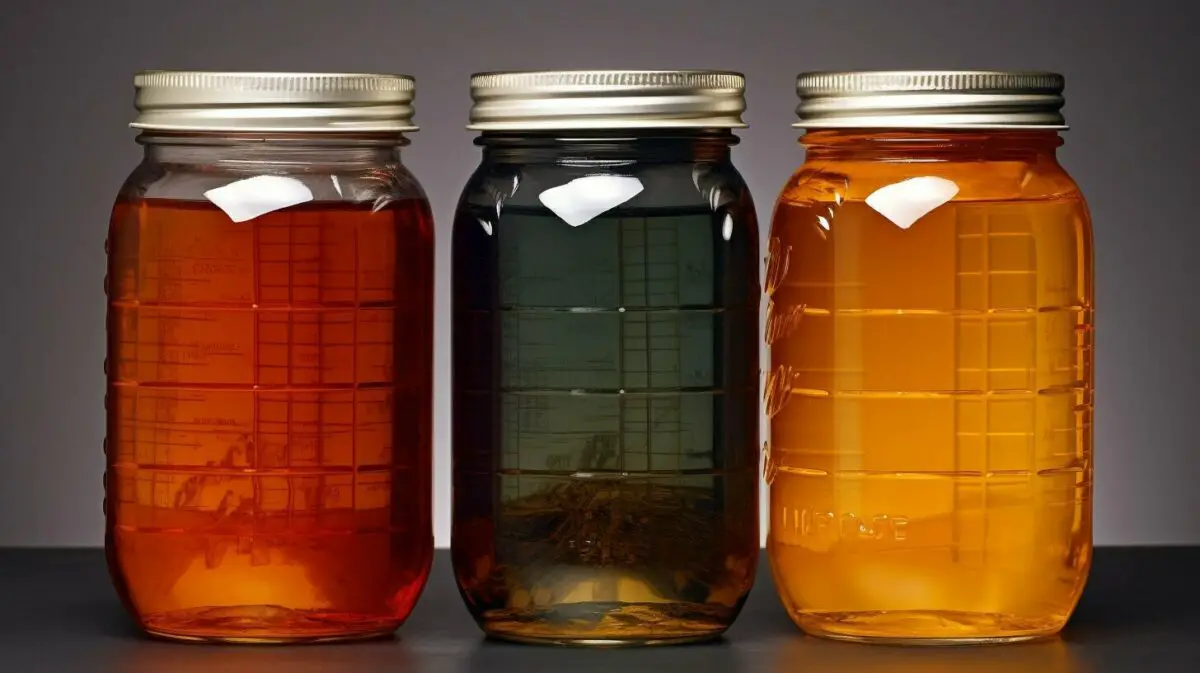
When it comes to converting pounds to cups, it’s important to remember that the conversion factor can vary depending on the ingredient’s density. In general, a pound is equal to 1.91 cups, but let’s delve into more specific conversions for common ingredients.
If you’re working with sugar, which is a common ingredient in many baking recipes, a pound of sugar is about 2.27 cups. So, if a recipe calls for 1 pound of sugar, you’ll need approximately 2.27 cups. Keep in mind that this is an estimation and may vary slightly depending on factors such as moisture content and how well the sugar is packed.
Butter is another ingredient that often requires conversion from pounds to cups. A pound of butter is equal to 2 cups. So, if you need 1 pound of butter for your recipe, you’ll need 2 cups. It’s worth noting that butter’s density can vary slightly, so using a kitchen scale for more precise measurements is always a good idea.
Flour is a staple in many baked goods, and converting pounds to cups for flour is essential. Approximately, a pound of flour is equal to 3.62 cups. So, if your recipe calls for 1 pound of flour, you’ll need about 3.62 cups. However, it’s important to note that different types of flour may have different densities, so it’s always best to double-check the specific conversion for the flour you’re using.

Rice is a staple in many cuisines, and understanding its conversion from pounds to cups is helpful. A pound of rice is approximately 2.5 cups. So, if your recipe requires 1 pound of rice, you’ll need around 2.5 cups. As with other ingredients, variations in density can occur, so using a kitchen scale for accuracy is recommended.
Now that you have a better understanding of converting pounds to cups for common ingredients, you can confidently tackle recipes and ensure your measurements are accurate. Remember, these conversions provide rough estimates, so using a kitchen scale for precise measurements will yield the best results in your cooking and baking endeavors.
Converting Sugar from Pounds to Cups
If you’re measuring sugar, you’ll be glad to know that a pound of sugar is roughly equivalent to 2.27 cups, but keep in mind that this is an estimate. The density of sugar can vary depending on factors such as moisture content and granule size. To ensure accuracy in your recipes, it is always best to use a kitchen scale for precise measurements.
Using a kitchen scale allows you to measure ingredients by weight, which is especially important for baking. Weight measurements provide consistent results, ensuring that your cakes, cookies, and breads turn out just right every time. However, if you don’t have a kitchen scale or prefer to use cups for measuring, the conversion of 1 pound of sugar to approximately 2.27 cups can serve as a helpful guide.
To give you a better idea of how sugar measurements can vary, here’s a handy table with conversions for different amounts:
| Sugar | Cups |
|---|---|
| 1 pound | 2.27 cups |
| 1/2 pound | 1.14 cups |
| 1/4 pound | 0.57 cups |
Remember, these conversions are approximate and can vary based on the specific characteristics of the sugar you’re using. Whether you choose to measure by weight or volume, it’s important to understand the relationship between pounds and cups to achieve consistent and delicious results in your culinary endeavors.
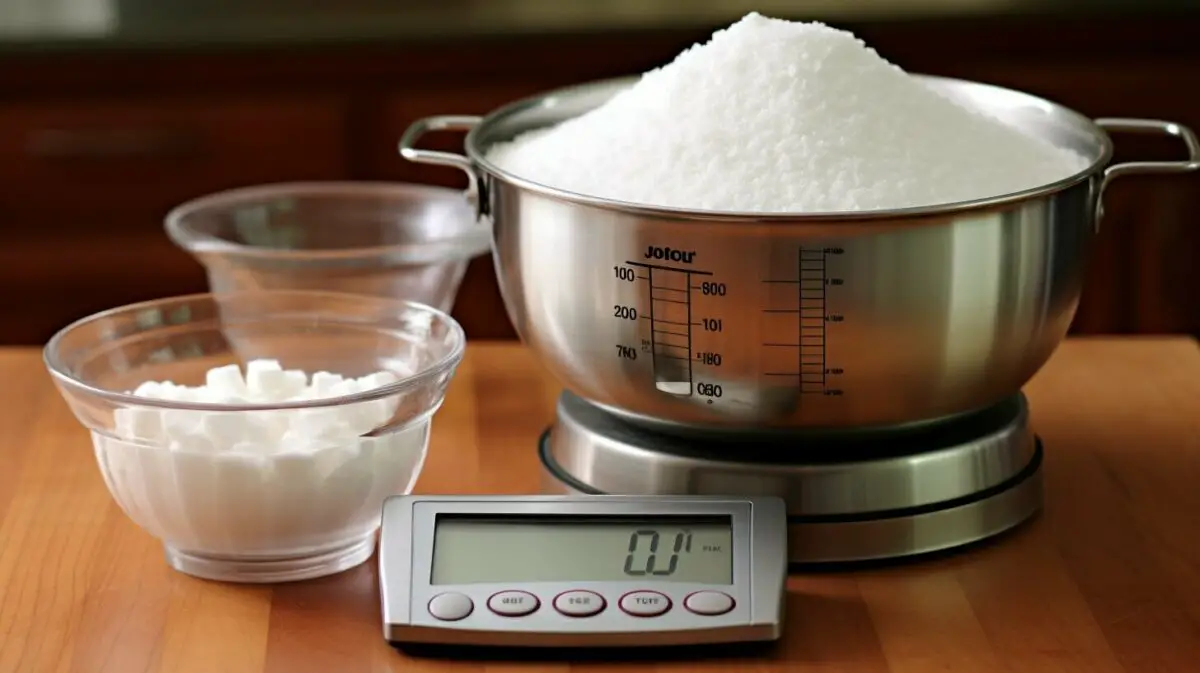
When it comes to butter, a pound is equal to 2 cups, making it much easier to measure in cups rather than dealing with a weight measurement. This conversion factor allows for quick and convenient measurements when following recipes or creating your own culinary masterpieces.
Butter is a staple ingredient in many dishes, from baking to cooking. Whether you’re making cookies, cakes, or savory dishes like sautéed vegetables, knowing the conversion from pounds to cups will ensure accurate measurements and delicious results.
To help you visualize the pound to cup conversion for butter, here’s a simple table:
| Butter | Cups |
|---|---|
| 1 pound | 2 cups |
Note: It’s important to remember that this conversion is specific to butter and may not be applicable to other ingredients. For accurate measurements, it’s always recommended to use a kitchen scale. However, if you don’t have one on hand, the pound to cup conversion for butter is a reliable guide.
Next time you’re in the kitchen, keep this conversion in mind and enjoy the ease and simplicity of measuring butter in cups. It’s a helpful tool that will make your cooking and baking endeavors even more enjoyable.

Measuring flour can sometimes be a bit trickier, but a good rule of thumb is that a pound of flour is approximately 3.62 cups, providing you with a rough estimate for your recipes.
When converting between pounds and cups, it’s important to remember that different ingredients have different densities, which can affect the conversion. While a pound of flour is roughly 3.62 cups, it’s always a good idea to consider the specific recipe and the consistency you are trying to achieve. Keep in mind that measurements can vary slightly depending on how you scoop the flour and whether it’s sifted or packed.
To help you visualize the conversion, here’s a table summarizing the approximate conversions for common ingredients:
| Ingredient | Pounds to Cups Conversion |
|---|---|
| Sugar | 1 pound ≈ 2.27 cups |
| Butter | 1 pound = 2 cups |
| Flour | 1 pound ≈ 3.62 cups |
| Rice | 1 pound ≈ 2.5 cups |
Keep in mind that these conversions are approximate and can vary depending on factors such as the specific brand of flour used or the measuring technique. For precise measurements, it’s recommended to use a kitchen scale. However, these conversions can serve as a helpful starting point when you don’t have a scale readily available.

If you’re cooking rice and need to convert from pounds to cups, keep in mind that a pound of rice is roughly equivalent to 2.5 cups. This should give you a good starting point for your measurements. Rice is a staple ingredient in many cuisines, and having the correct measurement is crucial for achieving the desired texture and consistency in your dishes.
When converting between pounds and cups, it’s important to note that different types of rice may have slight variations in density, which can affect the conversion. The 2.5 cups per pound estimation is a general guideline, so it’s always wise to double-check the specific conversion instructions provided on the packaging of your rice brand.
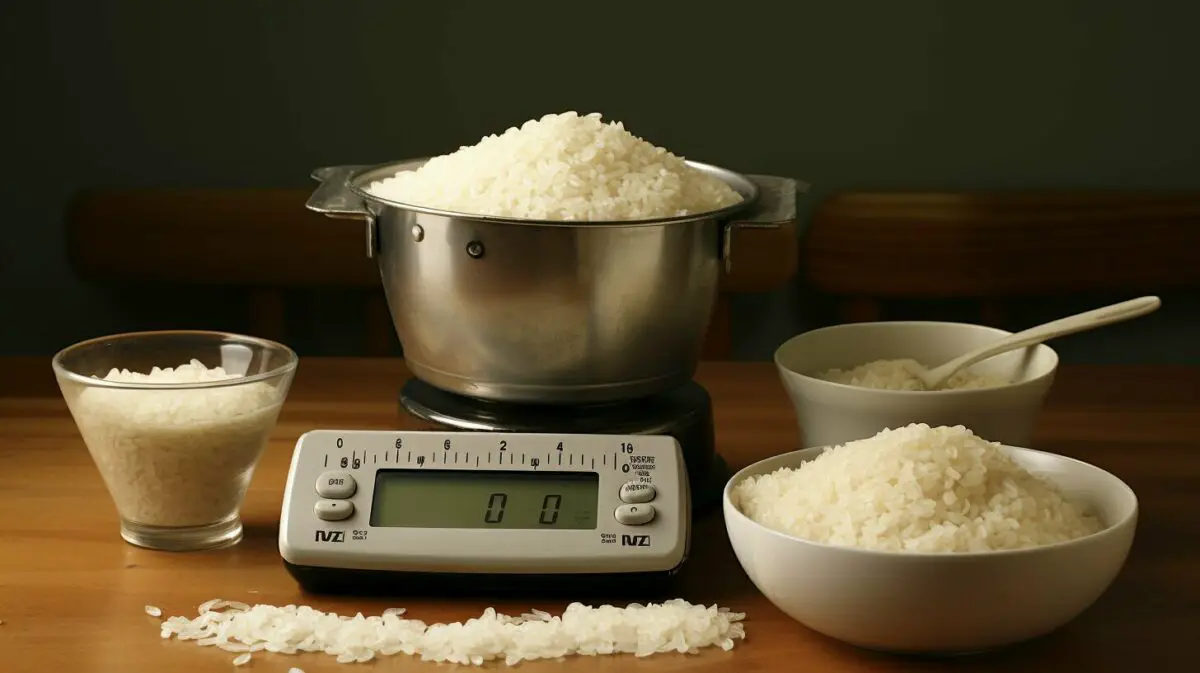
Using a kitchen scale can help you achieve more accurate measurements, especially if you’re working with a recipe that requires precise amounts of rice. However, in situations where a scale is not available, the 2.5 cups per pound conversion can serve as a reliable estimate. Remember, it’s better to start with less and gradually add more if needed, as adding too much rice can lead to a drier or stickier texture.
So, whether you’re preparing a comforting bowl of rice or a delicious rice dish, knowing the approximate conversion from pounds to cups can guide you in achieving the perfect balance of flavors and textures. Happy cooking!
Importance of Accurate Measurements
Accurate measurements are key to successful cooking and baking, which is why it’s worth investing in a kitchen scale for precise measurements. While conversions can be helpful, they should be used as a rough estimate rather than a substitute for accurate weighing. The density of different ingredients can vary, leading to variations in their conversion from pounds to cups.
When converting between pounds and cups, it’s important to consider the specific ingredient being measured. For example, a pound of sugar is about 2.27 cups, while a pound of butter is equal to 2 cups. Flour, on the other hand, has a different conversion rate, with a pound of flour approximately equal to 3.62 cups. Rice has yet another conversion factor, as a pound of rice is around 2.5 cups.
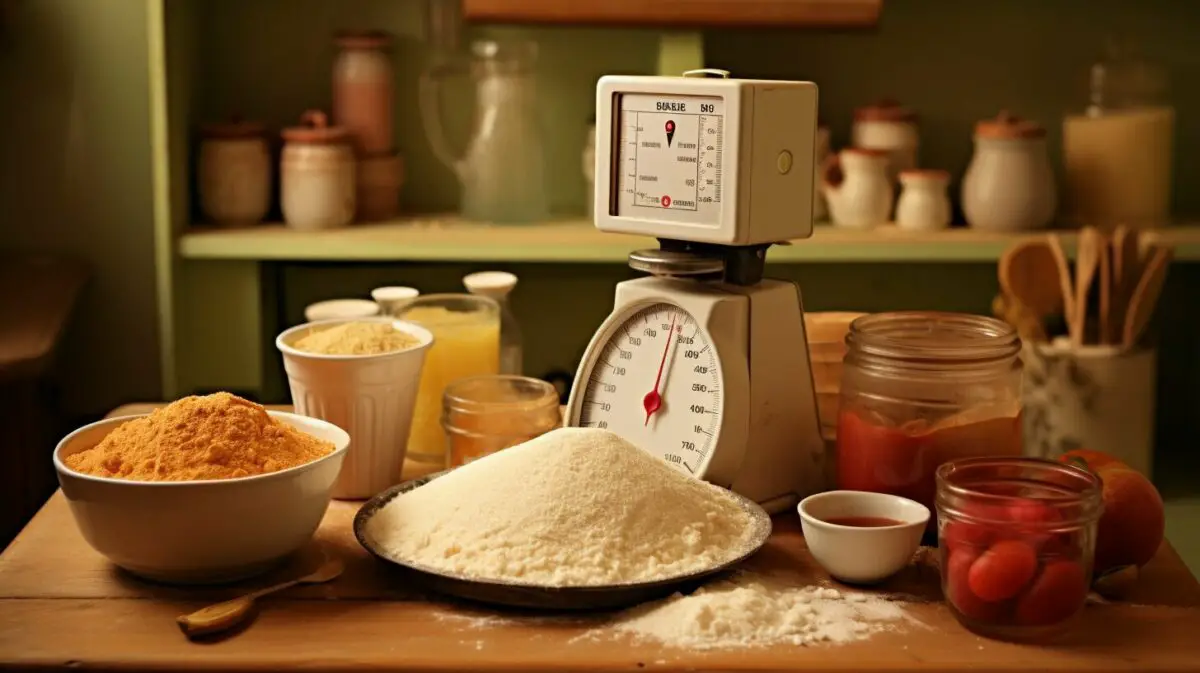
Using a kitchen scale can provide more accurate measurements, especially when dealing with ingredients that have different densities. By weighing the ingredients, you can ensure precise ratios and consistent results in your cooking and baking. While conversions can give you a rough idea of the volume, they may not always be accurate due to these variations in density.
Ultimately, the goal is to achieve the desired taste and texture in your dishes, and accurate measurements play a critical role in achieving that. So, while it’s helpful to have conversion factors as a starting point, relying on a kitchen scale for accurate weighing will yield more reliable results in your culinary creations.
Beyond Pounds and Cups: Exploring Other Measurements
When it comes to cooking and baking, it’s important to be familiar with various measurements beyond pounds and cups. Let’s explore some other common measurements you’re likely to encounter in recipes.
Tablespoons and Teaspoons: These measurements are commonly used for smaller quantities of ingredients such as spices, extracts, and liquids. A tablespoon is equivalent to three teaspoons. It’s helpful to have a set of measuring spoons on hand for accurate measurements.
Pints, Quarts, and Gallons: These measurements are used for liquid ingredients, such as water, milk, or stock. A pint is equal to two cups, a quart is four cups, and a gallon is 16 cups. These larger measurements are commonly used when cooking in larger quantities or for making beverages.
Liters and Milliliters:
In many recipes, especially those that use the metric system, you’ll come across measurements in liters and milliliters. A liter is equivalent to 4.23 cups, while a milliliter is a smaller unit of measurement that is equal to 0.004 cups. These measurements are commonly used worldwide and can provide precise volume measurements.
Kilograms: When it comes to measuring larger quantities of ingredients, such as flour or sugar, kilograms are often used. A kilogram is equal to approximately 8 cups of flour or 4.5 cups of sugar. It’s essential to have an accurate kitchen scale to measure ingredients in kilograms accurately.
Incorporating these measurements into your culinary repertoire will enable you to follow recipes accurately and achieve consistent results. Remember, measurements play a crucial role in the outcome of your dishes, so don’t underestimate their importance!

If you’ve ever come across a recipe measured in a different system than what you’re used to, fear not! Converting between the metric system, imperial system, US customary system, and British imperial system is easier than you think.
Here are some key conversions to help you navigate between these measurement systems:
| System | Unit of Measurement | Equivalent |
|---|---|---|
| Metric System | Gram or Liter | 1 gram = 0.035 ounces 1 liter = 4.23 cups |
| Imperial System | Ounce or Pint | 1 ounce = 28.35 grams 1 pint = 2 cups |
| US Customary System | Ounce or Gallon | 1 ounce = 29.57 milliliters 1 gallon = 16 cups |
| British Imperial System | Ounce or Gallon | 1 ounce = 28.41 milliliters 1 gallon = 18 cups |
These conversions are essential when using recipes from different countries or when following international cooking standards. Remember to always double-check your conversions to ensure accuracy and optimal cooking results.
Converting between measurement systems may seem daunting at first, but with the right tools and knowledge, you’ll be able to confidently adapt recipes to suit your preferred system. Whether you’re measuring flour in cups, butter in grams, or milk in milliliters, understanding these conversions opens up a world of culinary possibilities.
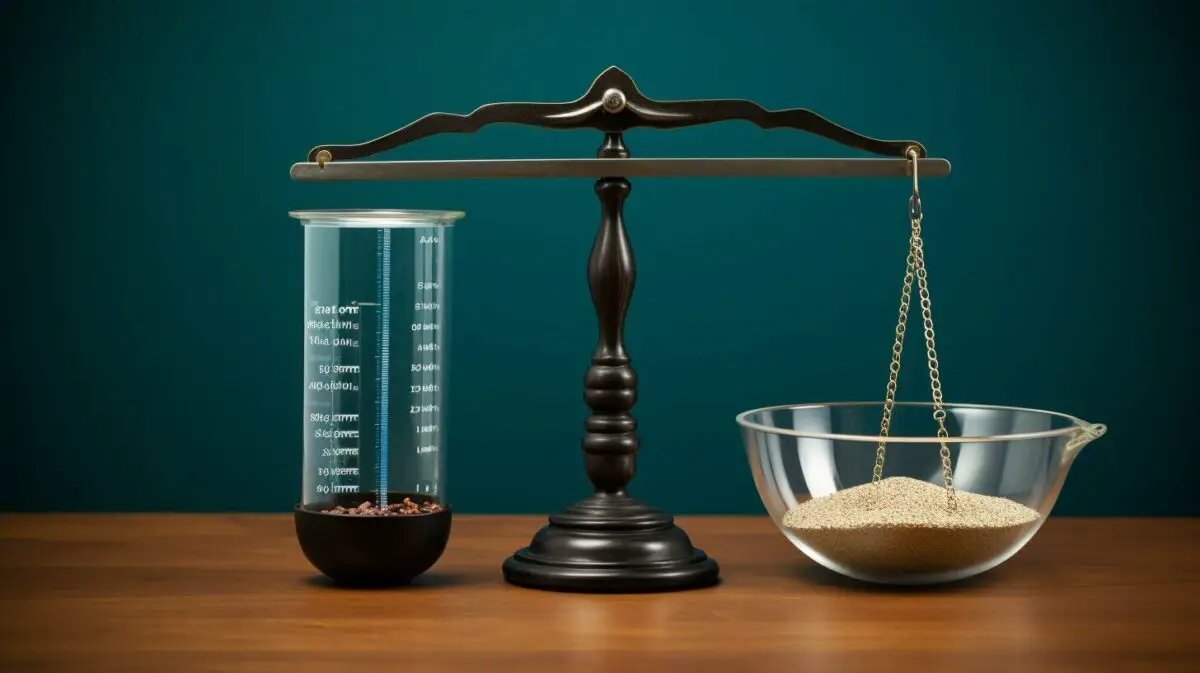
By familiarizing yourself with various measurement systems, you can explore a wider range of international recipes and experiment with different flavors and techniques. Keep a conversion chart handy or use online conversion calculators to make the process even easier. With a little practice, you’ll be converting measurements with ease and confidently creating delicious dishes from around the world.
Understanding Volume vs. Weight for Different Ingredients
Not all ingredients should be measured by volume or weight in the same way. Understanding whether an ingredient should be measured by volume or weight is crucial, especially when it comes to ingredients like butter, flour, sugar, and rice. These common kitchen staples have different densities, which affect their measurements and conversions.
Let’s start with butter. It’s typically measured by volume, with a pound of butter equaling 2 cups. This measurement is a general guideline, but keep in mind that butter can vary slightly in density. If precision is essential, using a kitchen scale would be the best option.
Flour, on the other hand, is usually measured by weight due to its variable density. A pound of flour approximately equals 3.62 cups. However, measuring flour by volume can result in different amounts depending on how it’s packed, leading to inconsistent results in baking. To ensure accuracy, it’s recommended to weigh flour for more precise measurements.
Sugar and rice are also examples of ingredients that have different measurements depending on whether they are measured by weight or volume. A pound of sugar is about 2.27 cups, while a pound of rice is around 2.5 cups. These conversions can provide a rough estimate, but for precise results, using a kitchen scale is recommended.
| Ingredient | Volume Measurement (1 pound) |
|---|---|
| Butter | 2 cups |
| Flour | approximately 3.62 cups |
| Sugar | about 2.27 cups |
| Rice | around 2.5 cups |
Remember, these conversions should be used as rough estimates. The density of ingredients can vary, and the best way to ensure accuracy in your cooking and baking is by using a kitchen scale. By understanding the difference between volume and weight measurements for different ingredients, you can achieve consistent and delicious results in the kitchen.

Mastering conversion calculations is simpler than you might think! With the help of conversion calculators, reference guides, and a few handy tips and tricks, you’ll quickly become a pro at converting between different measurements.
When it comes to converting pounds to cups, it’s essential to have an accurate reference guide. One useful tool is a conversion calculator, which can quickly provide you with the precise measurement conversions you need. Simply enter the specific ingredient and its weight or volume, and the calculator will do the math for you. This saves time and reduces the risk of errors in your recipes.
Another handy tip is to familiarize yourself with some common conversion formulas. For example, to convert from pounds to cups, you can use the general rule of thumb that 1 pound is equivalent to 1.91 cups. However, keep in mind that this conversion can vary depending on the ingredient’s density. By understanding these variations, you can make more accurate estimates when converting between pounds and cups.
It’s also important to remember that a kitchen scale is a valuable tool for precise measurements. While conversion calculations can provide a rough estimate, a scale allows you to measure ingredients by weight, ensuring accuracy in your recipes. It’s especially useful when dealing with ingredients that have varying densities, such as flour or sugar.
| Ingredient | Pounds to Cups Conversion |
|---|---|
| Sugar | 1 pound ≈ 2.27 cups |
| Butter | 1 pound = 2 cups |
| Flour | 1 pound ≈ 3.62 cups |
| Rice | 1 pound ≈ 2.5 cups |
By utilizing conversion calculators, reference guides, and these valuable tips and tricks, you’ll be able to confidently convert between different measurements in the kitchen. Whether you’re scaling a recipe or ensuring precise measurements, these tools and techniques will help you achieve delicious and consistent results.
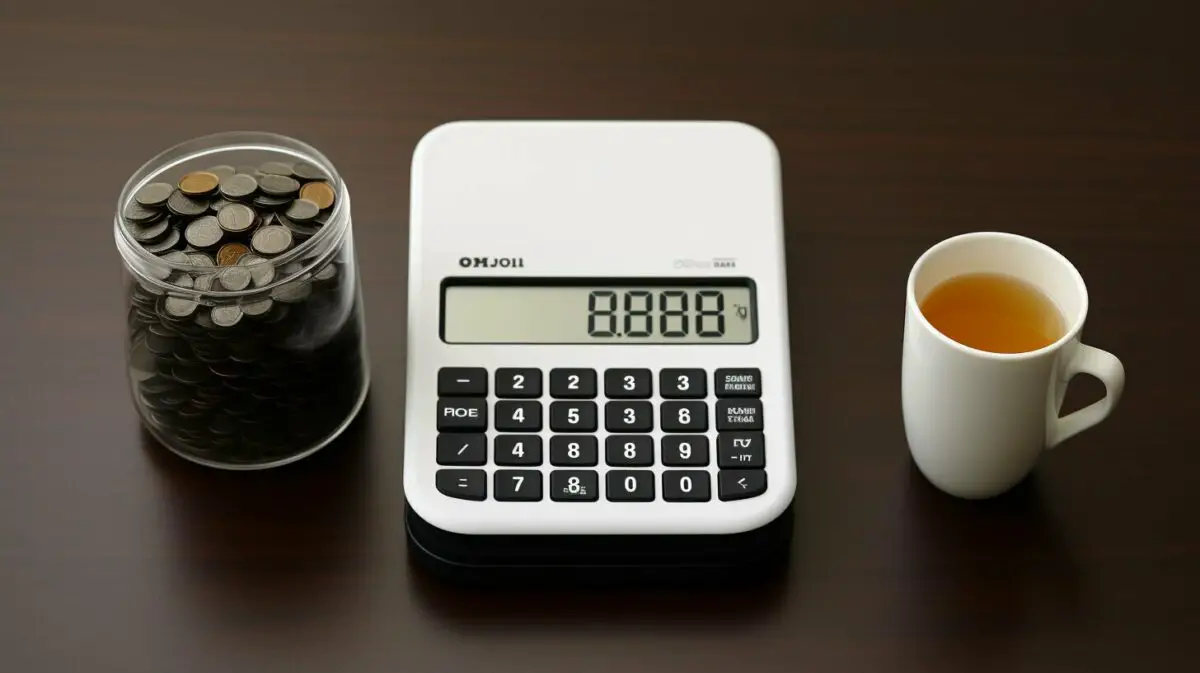
- Conversion calculator: a handy online tool that quickly provides accurate measurement conversions.
- Reference guides: books or websites that offer comprehensive conversion tables for various ingredients.
- Formulas and calculations: learn and memorize conversion formulas to make quick estimations on the spot.
Accurate measurements are the key to successful cooking and baking.” – Chef John
Conclusion – How Many Cups in a Pound
In conclusion, understanding the conversion between pounds and cups is essential for successful cooking and baking. While the conversions provided in this guide can give you a rough estimate, remember to rely on accurate measurements for the best results in your culinary endeavors.
When converting between pounds and cups, it’s important to consider the specific ingredient being measured as the density can vary. A pound is equal to 1.91 cups in general, but different ingredients have different conversions.
For example, a pound of sugar is about 2.27 cups, a pound of butter is 2 cups, a pound of flour is approximately 3.62 cups, and a pound of rice is around 2.5 cups. These measurements can provide a helpful starting point, but it’s always a good idea to have a kitchen scale handy for more accurate measurements.
By understanding the relationship between weight and volume measurements, you can ensure that your recipes turn out just right. So whether you’re baking a cake, cooking a savory dish, or trying out a new recipe, remember the importance of accurate measurements and use these conversions as a guide to achieve culinary perfection.
FAQ – How Many Cups in a Pound
Q: How do I convert pounds to cups?
A: The conversion between pounds and cups varies depending on the specific ingredient. In general, 1 pound is approximately equal to 1.91 cups. However, for more accurate measurements, it’s recommended to consider the density of the ingredient being measured. Here are some common conversions: a pound of sugar is about 2.27 cups, a pound of butter is 2 cups, a pound of flour is approximately 3.62 cups, and a pound of rice is around 2.5 cups. These conversions can provide a rough estimate, but using a kitchen scale is advised for precise measurements.
Q: Why do different ingredients have different conversions?
A: Different ingredients have different conversions because their densities vary. Denser ingredients will take up less volume, while less dense ingredients will take up more volume for the same weight. This is why it’s important to consider the specific ingredient being measured when converting between pounds and cups.
Q: Can I use these conversions as exact measurements?
A: These conversions should be used as rough estimates rather than exact measurements. While they provide a good starting point, variations in ingredient density and other factors can affect the accuracy of the conversions. It’s always best to rely on accurate measurements, such as using a kitchen scale, for precise cooking and baking results.
Q: What if I don’t have a kitchen scale?
A: If you don’t have a kitchen scale, using the provided conversions can still give you a rough estimate of the amount of an ingredient you need. However, keep in mind that these conversions may not be as accurate as using a scale. If possible, consider investing in a kitchen scale for more precise measurements in your cooking and baking.
Q: Are these conversions applicable to all recipes?
A: These conversions are generally applicable to most recipes. However, some recipes may require more precise measurements and specific conversions. Always follow the instructions in your recipe for the most accurate results. If in doubt, consult a reliable recipe source or use a kitchen scale to ensure your measurements are precise.
Q: What other measurements should I be aware of in cooking and baking?
A: In addition to pounds and cups, it’s helpful to be familiar with other common measurements used in cooking and baking. These include tablespoons, teaspoons, pints, quarts, gallons, milliliters, liters, and kilograms. Understanding these measurements will allow you to follow recipes accurately and adjust ingredient amounts as needed.
Q: Can I convert between different measurement systems?
A: Yes, you can convert between different measurement systems, such as the metric system, imperial system, US customary system, and British imperial system. It’s important to be aware of the differences between these systems and use appropriate conversion formulas or online conversion calculators to ensure accurate conversions.
Q: Should I measure ingredients by weight or volume?
A: The type of ingredient will determine whether it should be measured by weight or volume. Dry ingredients, such as flour and sugar, are typically measured by weight, while liquids, such as water or milk, are usually measured by volume. Butter and other similar ingredients may be measured by weight or volume, depending on the recipe. It’s essential to follow the instructions in your recipe and use the appropriate measurement method for each ingredient.
Q: Do you have any tips for conversion calculations?
A: Absolutely! Here are some tips and tricks for making conversion calculations easier:
– Use a conversion calculator or online tool for quick and accurate conversions.
– Keep a measurement conversion reference guide handy for easy access to common conversions.
– Learn and memorize some basic conversion formulas, such as how to convert between cups and tablespoons, or ounces to grams.
– Practice converting measurements regularly to improve your skills and familiarity with different conversions.
– When in doubt, consult reliable cooking or baking resources for specific conversion information.
Q: What’s the main takeaway about converting pounds to cups?
A: The main takeaway is that converting between pounds and cups requires considering the specific ingredient being measured. While a pound is generally equal to 1.91 cups, different ingredients have different conversions due to variations in density. Use the provided conversions as rough estimates, but for more precise measurements, it’s recommended to use a kitchen scale. Accurate measurements are crucial for achieving optimal results in your cooking and baking endeavors.
Our Friends:
- https://www.100daysofrealfood.com/how-many-cups-in-a-pound/
- https://www.bakinglikeachef.com/how-many-cups-in-a-pound/
- https://tiaclara.com/how-many-cups-pound-conversion/
Related Recipes:
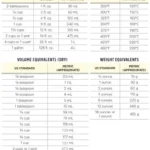 How Many Cups Are in a Liter: Unlocking the Mystery
How Many Cups Are in a Liter: Unlocking the Mystery
 How Many Grams Are in a Pound? (Measurement Conversion Guide)
How Many Grams Are in a Pound? (Measurement Conversion Guide)
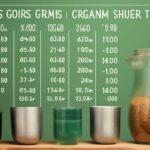 How Many Grams Are in an Ounce? (Perfect Measurement Conversion Guide)
How Many Grams Are in an Ounce? (Perfect Measurement Conversion Guide)
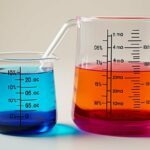 How Many Milliliters in an Ounce? (Perfect Measurement Conversion Guide)
How Many Milliliters in an Ounce? (Perfect Measurement Conversion Guide)
 How Many Ounces in a Pound? (Perfect Measurement Conversion Guide)
How Many Ounces in a Pound? (Perfect Measurement Conversion Guide)
 How Many Fluid Ounces in a Cup? (Perfect Measurement Conversion Guide)
How Many Fluid Ounces in a Cup? (Perfect Measurement Conversion Guide)
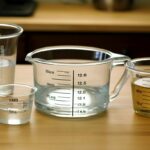 How Many Cups Are in a Liter? (Perfect Measurement Conversion Guide)
How Many Cups Are in a Liter? (Perfect Measurement Conversion Guide)
 How Many Cups Are in a Quart? (Perfect Measurement Conversion Guide)
How Many Cups Are in a Quart? (Perfect Measurement Conversion Guide)




